Drafting Tools As Set Design
Drafting
Mechanical drawings are extremely important in technical theater. Drawings can be made by hand or with a computer.
- Hand drafting involves the use of drafting equipment such as the T-Square, triangles, a compass, and templates.
- Computer drafting requires a computer with drafting software and a printer or plotter. The Shop's computer lab is available for just such a job.
Drafting involves drawing the object you want to represent in scale. To scale a drawing means to choose a specified increment to represent a measured foot.
Multiple 2-dimensional views are used to fully describe the 3-dimensional environment of the stage.
- The Ground Plan shows a top view and
- Sectional Drawing provides a side view.
- Elevations are front views used by the designers and technicians to build scenery, props, furniture, and practicals.
- The Light Plot is used as an accurate scaled "road map" of the Lighting Design.
.
Models and Renderings
Scale models are the best way for designers to develop and communicate their Scenic ideas.
Renderings are good for showing mood and lighting effects
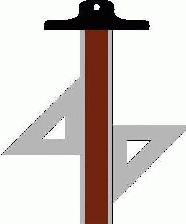
The Scale Rule
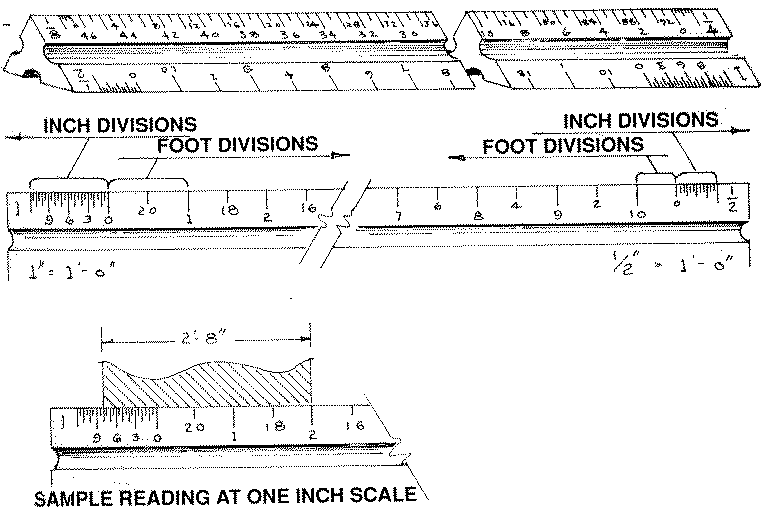
The scale for most theater drawings is 1/2" = 1'-0" though 1/4 and 3/8 inch scale are also used. 1/2 inch scale is small enough to allow placement of many scenic units on a manageable size sheet of paper, yet large enough to specify most detail.
Ground Plan
The Ground Plan is usually thought of as a bird's eye view of the stage. It aids the designer in developing the scenic design. It is also used by the director for establishing the flow of the action. For the lighting designer it is a mandatory instument for planning the lights. And for the stage technician it is invaluable in determining the placemnt of the scenery.
 Common symbols used in Groundplans:
Common symbols used in Groundplans:

USITT Scene Design and Technical Production Graphic Standards
Sectional Drawings
The Section is a vertical dissected view of the entire theater, including the audience seating. The cutting plane for this view is the center line. The "cut" goes through all scenery on the stage and all scenery that is overhead, including the masking. It also shows the location of all lighting positions, both in the house and onstage.

Elevations
Elevations show either the front, back, or side of a particular portion of the Ground Plan and "elevate" it into a straight on, flattened out, full face, no perspective view of that part of the set. It should contain all the structural information needed to build that piece of scenery and all of the applied or painted detail (moldings, trims, windows, etc.).
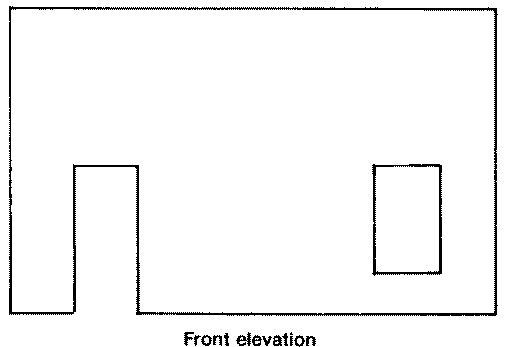

Light Plot
The Light Plot is a drawing indicating the placement of the lighting equipment in the theatre. The primary purpose is to depict, in scale, the exact location of all lighting instruments used in a production. It should show the location of the scenery in relation to the physical structure of the theatre. Information about instrument type, color, and control is indicated. The plot also includes a legend describing each of the symbols used on the plot as well as a title block that details the pertinent information about the production.
Recommended Practice for Theatrical Lighting Design Practice
 USITT recommended lighting symbols
USITT recommended lighting symbols
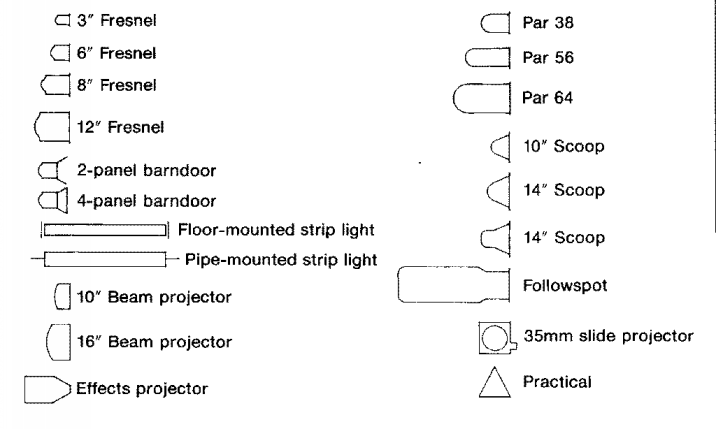
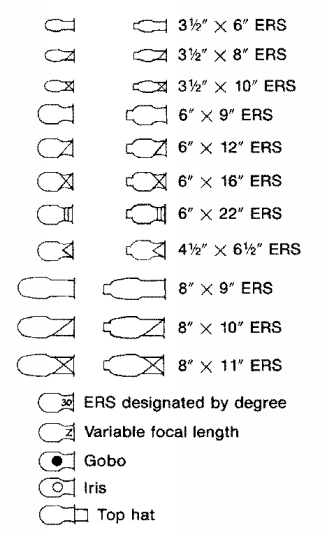
All Performing Arts Groups using Annenberg Theaters, Iron Gate Theater, Houston Hall Auditorium, or Irvine Auditorium will be expected to provide very specific descriptions of their lighting needs. This is done with the Light Plot, the scaled drawing showing the placement and use of every light needed for a production. The Light Plot is typically drawn by the Lighting Designer. Many of the theaters have Standard House Plots that provide for general lighting for groups without experienced Lighting Designers or for productions with only basic lighting requirements.
All Light Plots need to be seen first by Peter Whinnery and then by Brian Grace-Duff (for Annenberg Theaters and Irvine) or Dave Kerr (for Iron Gate and Houston Hall) for approval at least 2 weeks prior to your show's load-in. These three can also answer questions about inventory and procedures. Seek them out early!
Computer Aided Design (CAD)
The Performing Arts Shop suports a small computer graphics lab. Cadd software used in the lab includes: AutoCad, Bricscad, Sketch-Up and VectorWorks. Bricscad is also available on the workstations in the Platt Student Performing Arts House.
These programs can be used to produce plans, sections, elevations and light plots. Depending on the skill and experience of the user and the complexity of what is being drawn it may or may not take longer to draft on the computer than by hand. Computer drafting reduces the time needed to make corrections or changes to a drawing. The computer can also draw objects in 3 dimensions, and show them from different views. This can be used in design visualization and as a way to create plans, sections, and elevations from the same drawing ojects.
It is debatable that learning to draft by hand is a better way to learn the basic principals than learning on the computer. You will find youself in a situation where you have to draft something and either you don't have access to a computer or you don't know the software on the computer. Therefore you still need to be able to read an architect's rule, operate a T-square and triangle, draw a straight line, and perform the other drafting skills.
Scenic Models
Models are most useful in visualizing the composition of the scenic design and its relationship with the theater space and audience. Most often constucted in 1/2 in scale the model is a miniature version of the finished set.
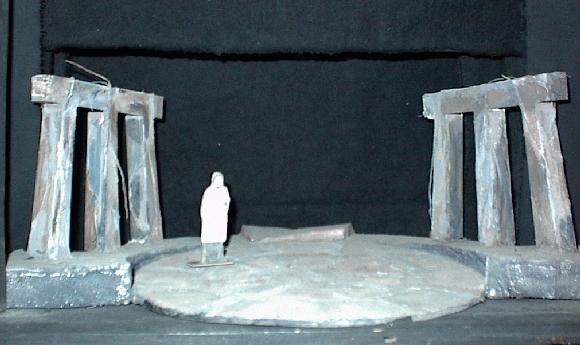
Rendering
A typical rendering of the scenic design shows the setting as it appears to the audience. Most likely, it will represent an important or dramatic scene from the production. The designer renders it to indicate how the setting will look under stage lighting, complete with mood, atmosphere, and depth.
Renderings can be done in all sorts of painting and drawing media, including: watercolors, acrylics, pastels, charcoal, India ink, colored pencils, chalk, or even oil paints. The designer selects the medium in terms of what works best for him/her and what will give the desired results. Often it is a combination of many media.
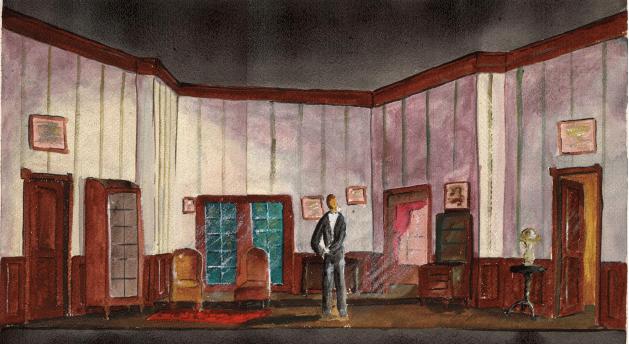
Renderings can also be done with the aid of a computer. There are many drawing and painting programs on the market including: PhotoShop, Painter, Poser, Gimp, and Strata StudioVision. Very interesting results can also be had by combining computer output with hand drawing and painting. For example a wire frame image can be printed from a drafting progam and then hand colored. Going to other way - one can scan hand drawn images to be manipulated with other images in a program like Photoshop or Gimp.
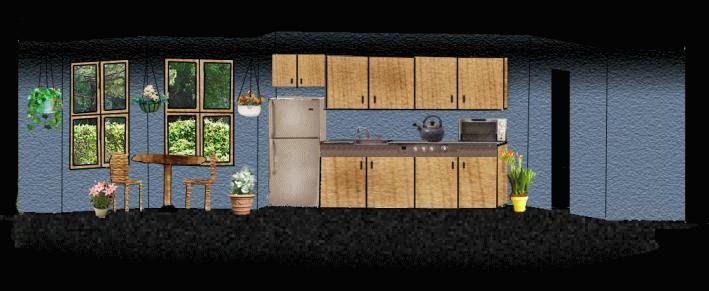
Drafting Tools As Set Design
Source: https://www.dolphin.upenn.edu/pacshop/graphics.html
Posted by: spencerprawn1984.blogspot.com

0 Response to "Drafting Tools As Set Design"
Post a Comment